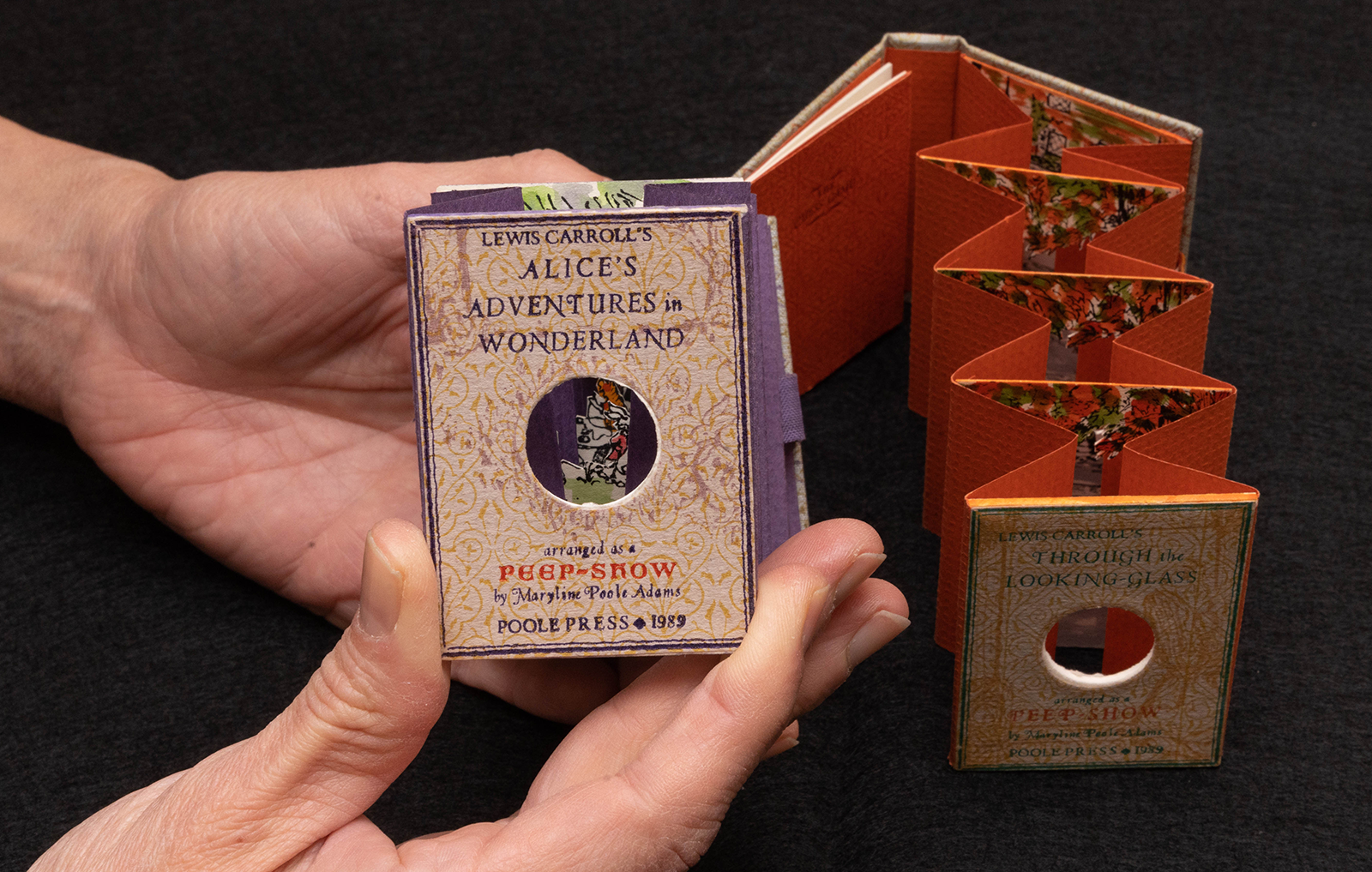
Campus & Community
Little wonders
A potpourri of smaller gems is hiding out in VCU’s libraries
Phoning or emailing an expert with an idea is one of our favorite pastimes at VCU Magazine HQ. In May, we wrote to Yuki Hibben, senior curator at VCU Libraries Special Collections and Archives, with the following concept: a glance at some archival marvels of any topic, as long as they are tiny.
Here, Hibben, now at UVA, and Margaret Kidd, senior curator at VCU’s Health Sciences Library, share some of their favorite smaller objects from the university’s vaults.
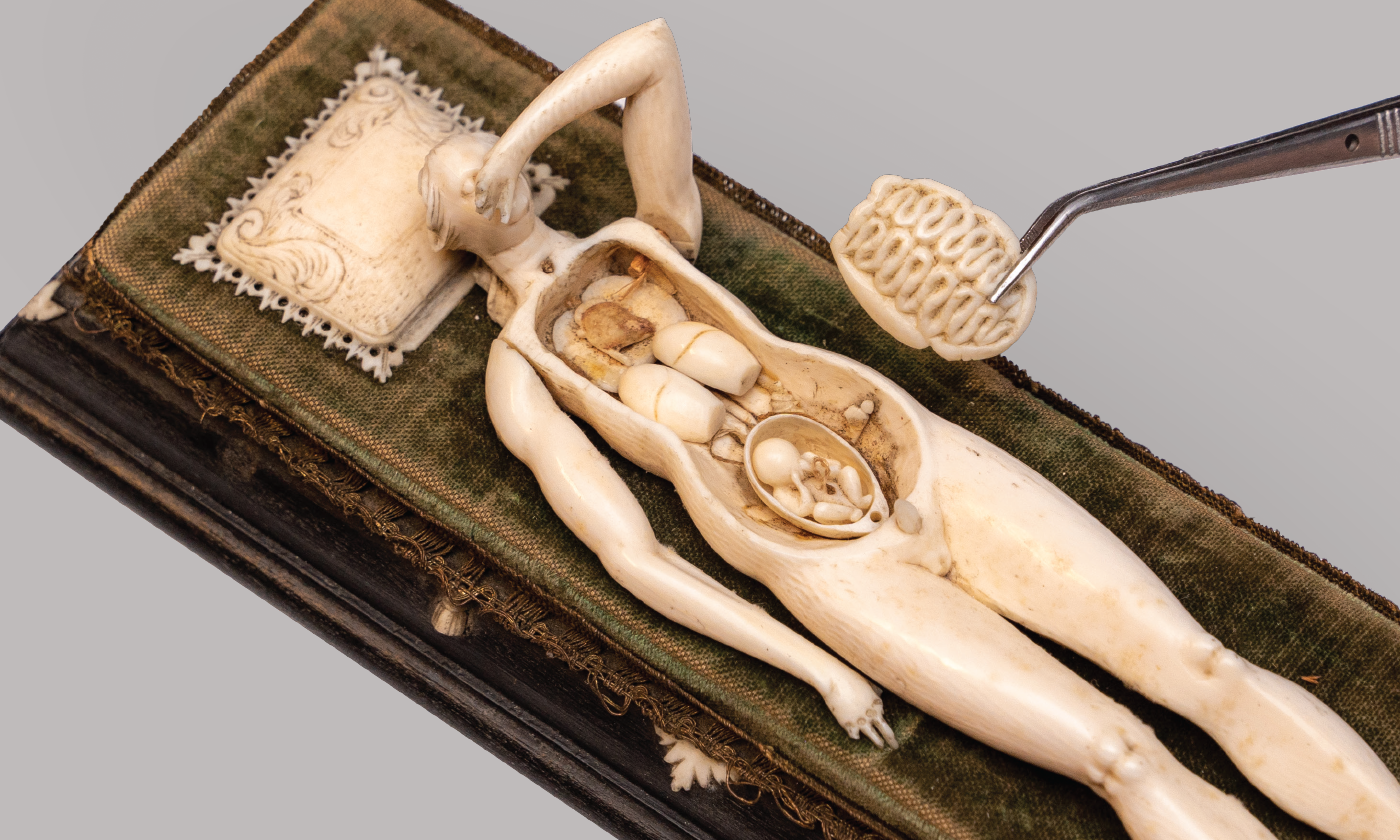
A quick anatomy lesson
This 7-inch-tall female anatomical model, on deposit from the Richmond Academy of Medicine, is one of more than 6,000 objects in VCU’s medical artifacts collection. It’s likely German, Kidd says, and it’s at least 300 years old. Though manikins like it weren’t created to scale and weren’t detailed enough for medical training, they provided rudimentary knowledge about anatomy and, in this case, pregnancy. Removing the torso reveals internal organs — “proto-‘Operation!’” Kidd says — and a fetus, attached to the model by a red-brown thread representing the umbilical cord.
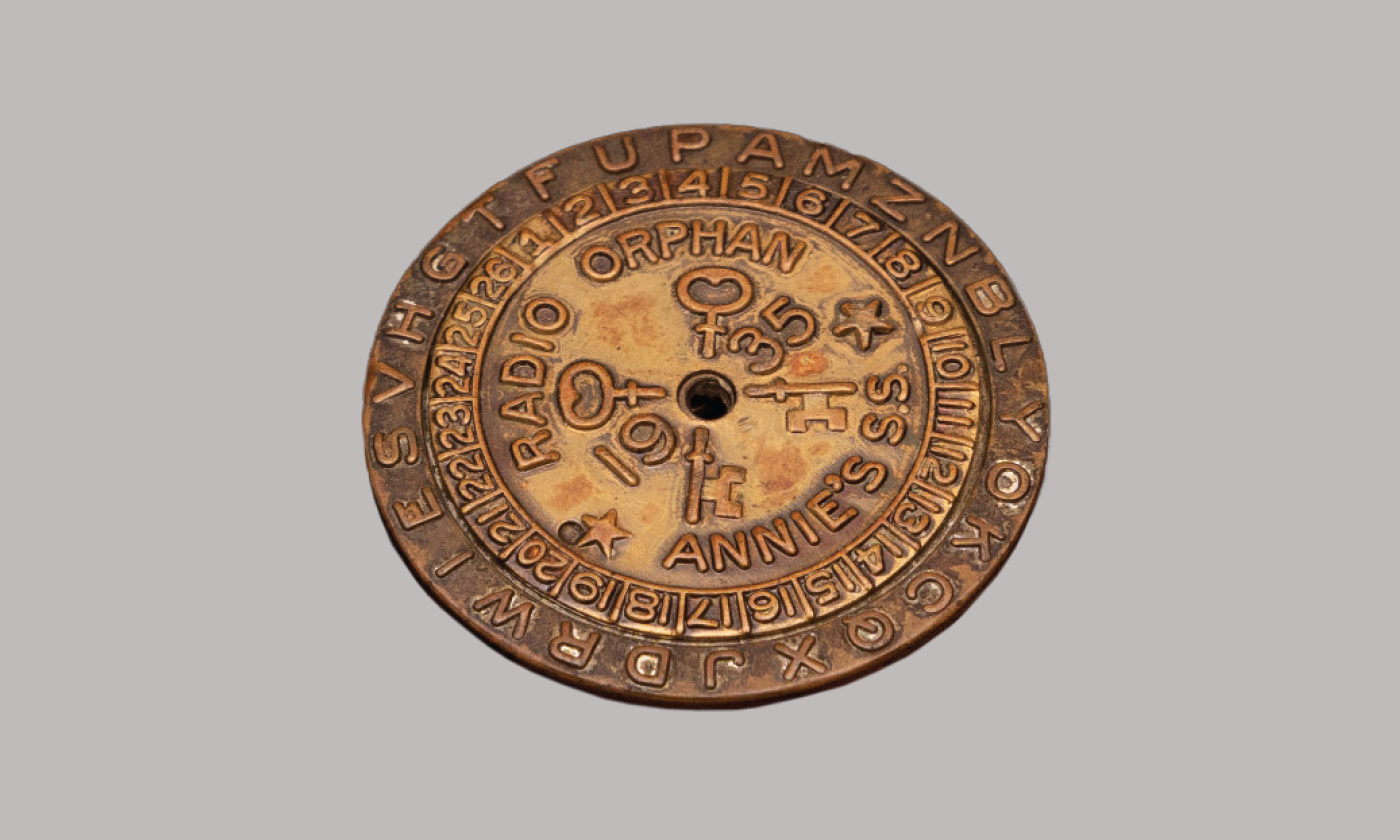
‘Be sure to drink your Ovaltine’
Readers of a certain age and fans of the 1983 film “A Christmas Story” will recognize this one. Adapted from the titular comic strip, the Ovaltine-sponsored “Little Orphan Annie” radio show premiered in Chicago in 1930, and beginning in 1935, children could mail Ovaltine receipts to the company in exchange for a decoder pin to decipher a secret message from the show. Ovaltine issued new pins every year until 1940, replacing them with a some-assembly-required cardboard version during World War II. The 88-year-old pin shown here is part of the university’s Comic Arts Collection.
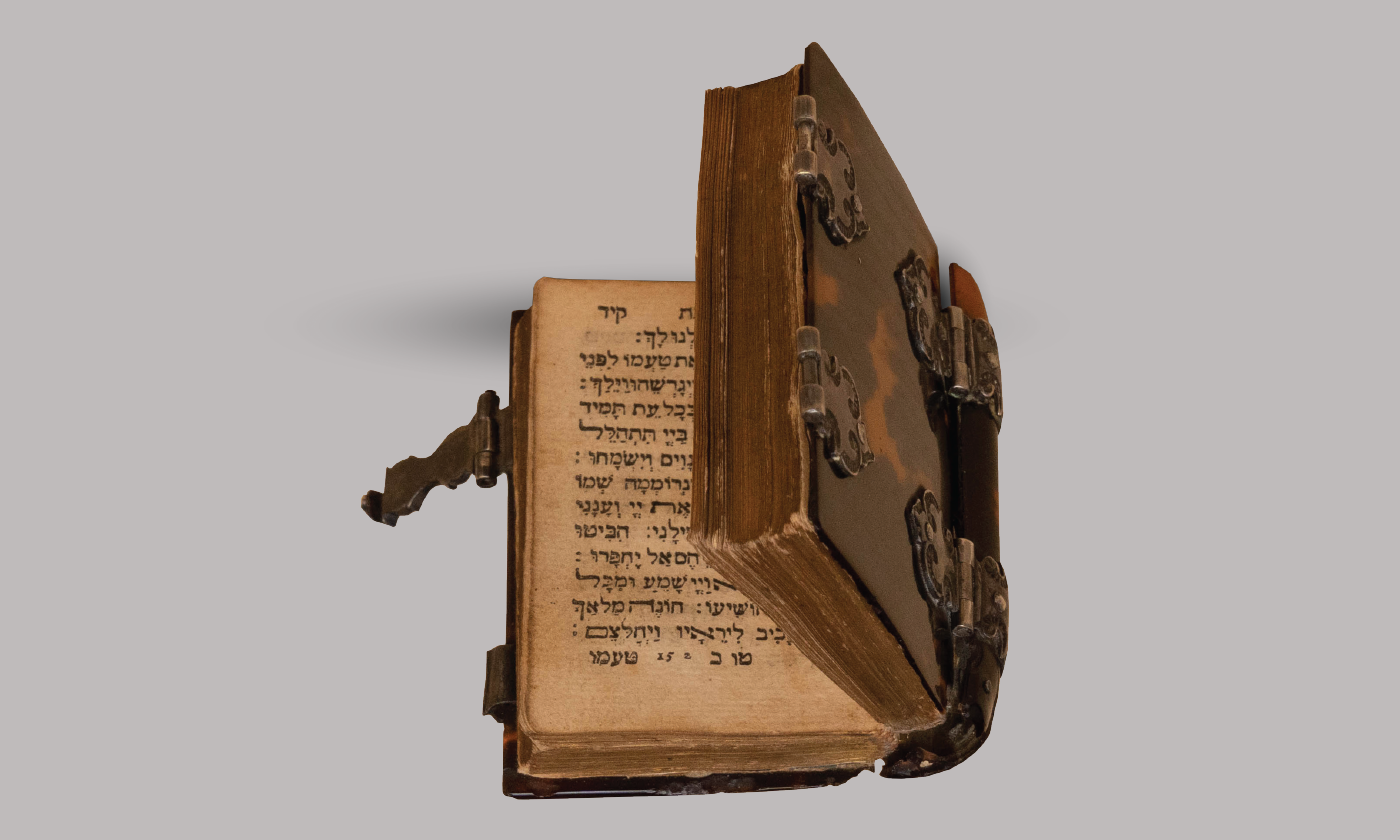
Pocket-size prayer book
At 3 inches high, this 300-year-old Jewish prayer book, known as a Seder Tefilot, is bound in tortoiseshell — a popular practice for rare and precious texts in the 17th and 18th centuries, Hibben says — and includes marbled endpapers, gilt edges and decorative hinges and clasps. Tefilah (te-FEE-lah) is Hebrew for “prayer” (“tefilot” is the plural) and this book, printed in Amsterdam, contains the order of daily and special prayer services according to the customs of the Sephardim, a Jewish diaspora population associated with the Iberian Peninsula, says Rabbi Shlomo Pereira, Ph.D., the director of Jewish education at Chabad of Virginia. “This is a typical personal prayer book someone would carry with him or her all the time,” he says, “not a book for synagogue use, hence its size and the decorations.”
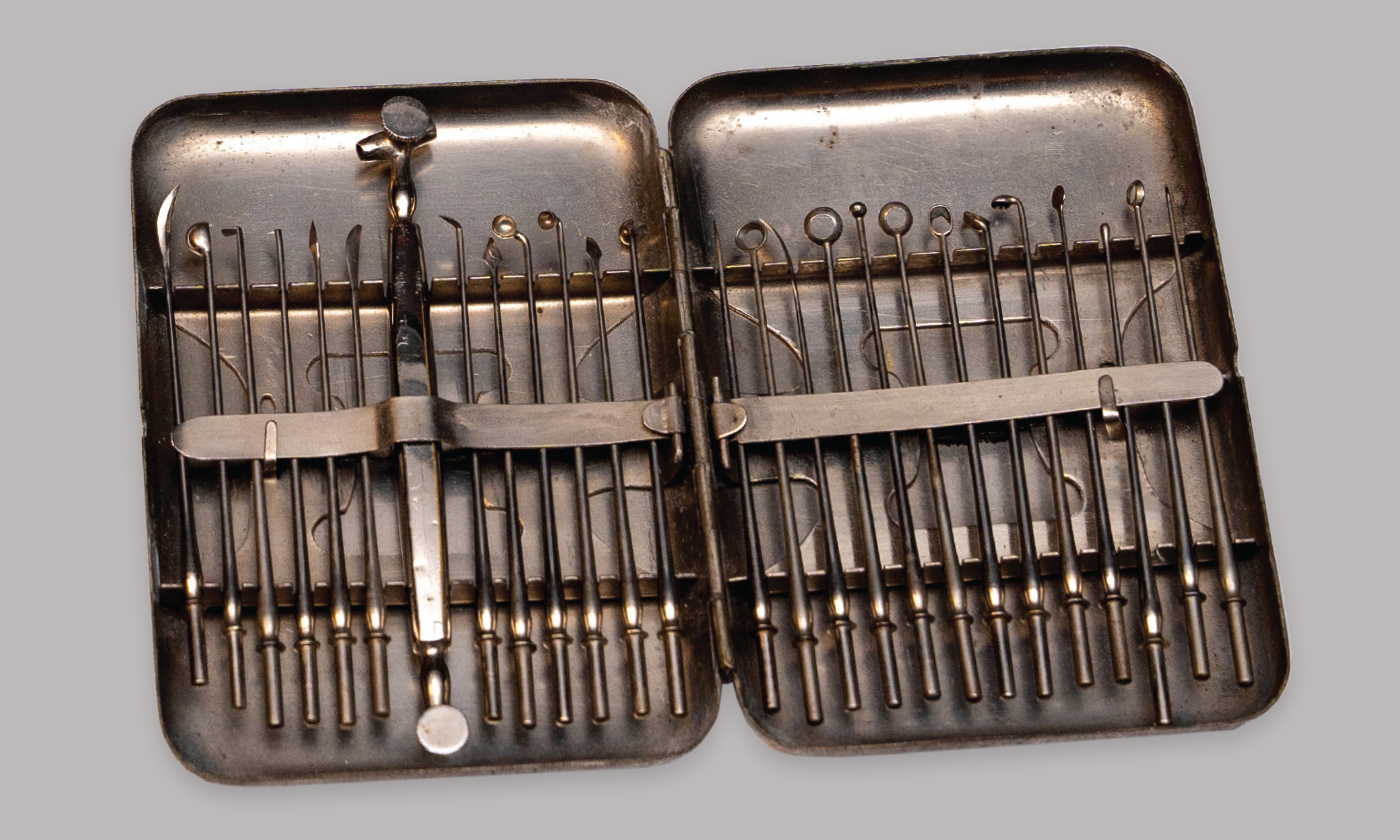
It passes the eye test
This cataract surgical kit from the early 20th century belonged to Emanuel Wallerstein, M.D., a professor at the VCU-forerunning Medical College of Virginia, and contains tools to cut delicate tissue during eye surgery. The common method then was intracapsular cataract extraction, which involved removing the eye lens and lens capsule. The kit’s instruments included a keratome (a knife to make an incision on the cornea), a cystome (a sharp-tipped instrument to open the lens capsule) and lens loops (to assist with extraction). Today, cataract surgery uses an ultrasonic probe to break up the lens for removal and requires (thankfully) a smaller incision.
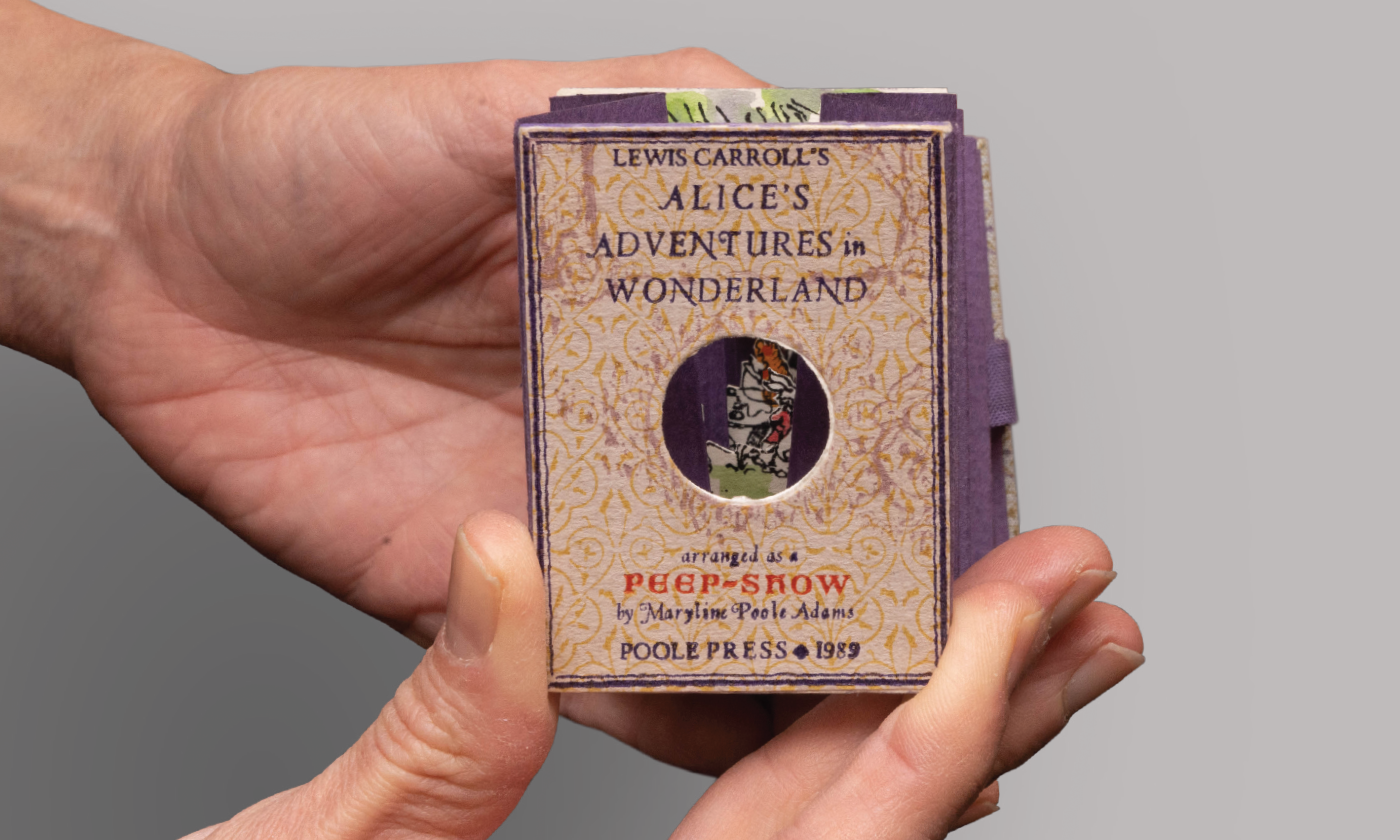
‘Curiouser and curiouser!’
California-based artist Maryline Poole Adams created this 1989 interpretation of Lewis Carroll’s “Alice’s Adventures in Wonderland” (and also “Through the Looking Glass”) as a tunnel book. Popular in the 19th century, these books expand, accordion- like, revealing a 3D scene (in this case, tiny depictions of Alice, the White Rabbit and the Mad Hatter). Measuring 3 inches in height — and designed, illustrated, printed and handbound by Adams and published in an edition of 100 — the set today resides in VCU Libraries’ 4,000-volume Book Art Collection.


